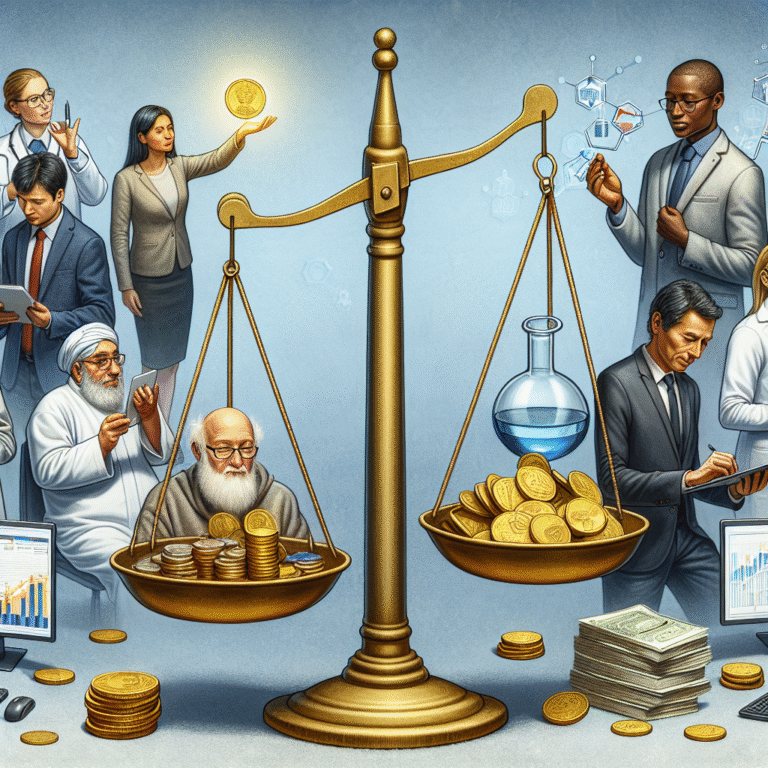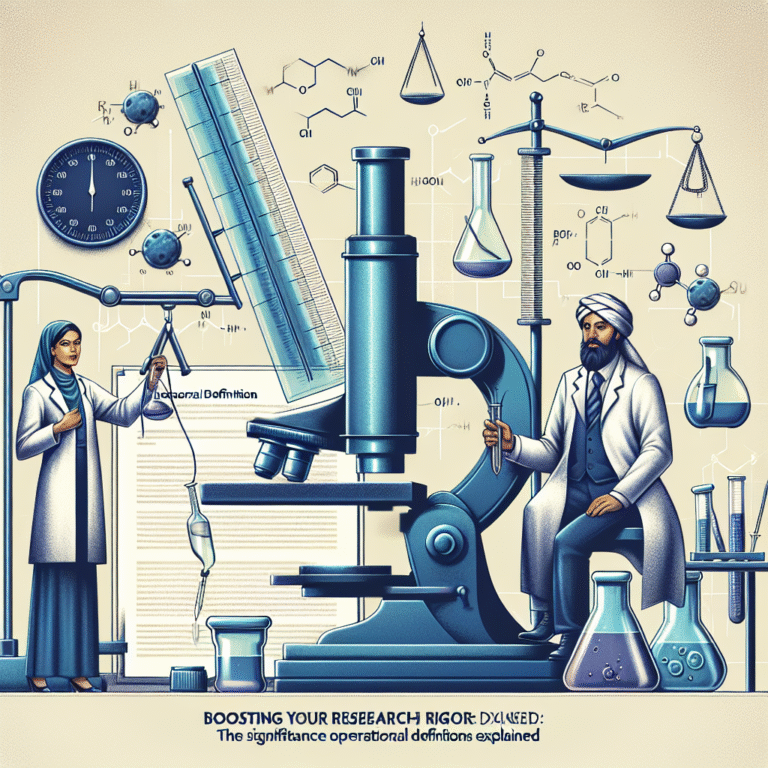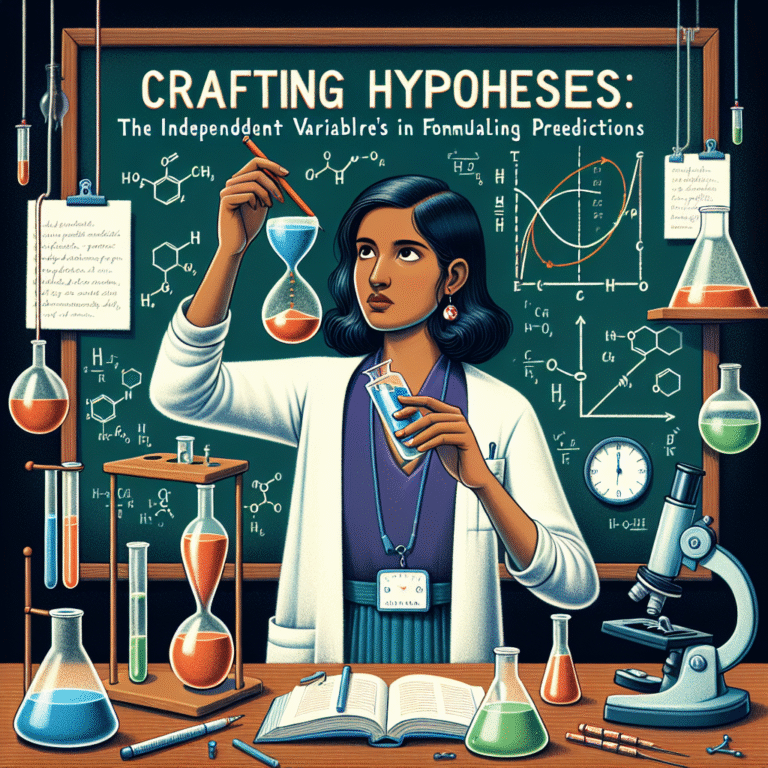
Introduction
In an era dominated by data, the phrase "beyond averages" has never held more significance. As we navigate through a world overflowing with information, understanding the nuances of data through statistical analysis is essential for making informed decisions. Whether in business, healthcare, education, or public policy, statistical insights can unlock hidden patterns and reveal truths that averages alone cannot capture. This article will delve deep into why statistical analysis matters more than ever, exploring its applications, implications, and potential as a transformative tool in our data-driven society.
The Pitfalls of Averages
When discussing data, the average is often the first metric that springs to mind. However, relying solely on averages can be misleading. Here’s why:
Understanding Dispersion
Averages can mask the true variability of data. Two datasets may share the same average but can differ vastly in their distribution.
- Case Study: Income Disparity
Consider the income data of a city. If the average income is reported as $50,000, it might suggest prosperity. However, if most citizens earn $30,000 while a few elites earn millions, the average doesn’t reflect the reality. This variance in income distribution highlights why statistical analysis, which includes measures like standard deviation and variance, is critical to understanding economic contexts.
Breaking Down Misleading Conclusions
Averages can lead to decisions that overlook crucial outliers and trends.
- Case Study: Healthcare Outcomes
In healthcare, the average recovery time for a specific treatment might be 10 days. However, if a minority takes significantly longer due to complications, using the average might pressure providers into a standard practice that isn’t beneficial for all patients. A deeper statistical analysis can prompt tailored treatments that address the needs of these outliers.
Statistical Significance vs. Averages
Statistical significance provides a clearer picture of relationships within data.
- Analysis: Consider a drug trial where the average improvement among participants is statistically significant. However, if a few participants experience severe side effects, these outliers may warrant a re-evaluation. Averages alone could suggest that the drug is safe, but statistical analysis reveals the potential risks.
Advancing Beyond Averages
As we progress deeper into our data-centric world, the need for advanced statistical methodologies becomes clear. Let’s explore some of these methodologies and their applications.
Predictive Analysis
Predictive analysis utilizes statistical techniques to forecast future trends based on historical data.
- Example: In retail, companies use predictive analytics to determine stock levels. By analyzing past sales data, trends, special events, and seasonal changes, businesses can optimize their inventory management, ensuring shelves are stocked appropriately without excess.
Machine Learning and Artificial Intelligence
Machine Learning (ML) and Artificial Intelligence (AI) rely heavily on statistical analysis to understand complex data relationships.
- Case Study: Netflix employs machine learning algorithms to analyze viewer preferences, generating tailored recommendations. This approach is not merely based on averages, but recognizes the diversity in viewer tastes, making user experiences unique.
Data Visualization
Data visualization converts complex datasets into understandable graphics, enhancing comprehension.
- Example: Tools like Tableau and Power BI enable users to visualize health outcomes across various demographics. By not just presenting averages, these platforms enable a layered understanding of health trends, avoiding misleading conclusions.
The Importance of Context in Data Analysis
The context in which data exists influences its interpretation. Averages must always be viewed through the lens of context.
Case Study: Education Metrics
In an educational setting, average test scores provide a glimpse into performance but often fail to account for socioeconomic factors affecting students.
- Analysis: A school with an average score of 85 may house students from various backgrounds. A deeper dive into demographic data reveals that students from disadvantaged communities are lagging. Implementing targeted programs based on this analysis can drive meaningful changes.
Real-World Applications of Statistical Insight
Business Strategy
Data-driven decision-making is pivotal for companies looking to remain competitive.
- Example: Amazon employs statistical analysis to tailor marketing strategies. By analyzing consumer behavior data, Amazon can create targeted ads that speak directly to individual needs rather than relying on generic average metrics.
Healthcare Improvements
Statistics play a critical role in health outcomes, impacting policies and patient care.
- Case Study: The introduction of Electronic Health Records (EHR) has enabled hospitals to collect and analyze patient data comprehensively. Hospitals using statistical analysis can identify patient trends, leading to improved care practices.
Public Policy Formulation
Statistical analysis informs policy decisions, ensuring they are data-driven and not just based on popular opinion.
- Example: Governments utilize
surveys and statistical analyses to gauge public sentiment on various issues, from tax policies to public health initiatives. Such insights help shape policies that truly reflect constituents’ needs and desires.
Advanced Techniques in Statistical Analysis
Beyond simple measures like means and medians, advanced statistical techniques add depth to data interpretation.
Regression Analysis
Regression analysis helps determine relationships between variables.
- Use Case: In marketing, businesses can analyze factors influencing sales, such as advertising spend, seasonality, and economic conditions. By understanding these relationships, businesses can allocate resources more effectively.
Time Series Analysis
Analyzing data points collected or recorded at specific time intervals allows organizations to identify trends and seasonal variations.
- Example: Financial analysts use time series analysis to project stock prices, providing investors with insights into potential future performance.
Bayesian Statistics
Bayesian statistics incorporate prior knowledge along with new evidence, adapting beliefs based on new information.
- Case Study: In clinical trials, Bayesian methods enable researchers to update the probability of a treatment’s efficacy as more data emerges, leading to more flexible and responsive decision-making.
Conclusion: Embracing the Power of Statistical Analysis
In a world awash with data, understanding “beyond averages” is not just beneficial—it’s essential. Statistical analysis unveils insights that can transform industries, shape policy, and enhance lives. By delving deeper than averages, we unlock the full potential of data, fostering informed decision-making and strategic planning.
Actionable Insights
To navigate the complexities of our data-rich landscape, consider the following steps:
- Invest in Training: Ensure your team understands statistical methods beyond average calculations.
- Leverage Technology: Utilize advanced statistical software and tools for thorough analysis and reporting.
- Foster a Data Culture: Encourage a company culture that values data-driven decision-making, empowering all employees to engage with data critically.
FAQs
1. Why are averages insufficient for data analysis?
Averages can be skewed by outliers and do not account for variability, leading to misleading conclusions.
2. How can businesses utilize statistical analysis?
Businesses can analyze trends, consumer behavior, and market conditions to make informed strategic decisions.
3. What is predictive analytics?
Predictive analytics uses statistical techniques and historical data to forecast future trends and behaviors.
4. How does machine learning relate to statistical analysis?
Machine learning algorithms rely on statistical methods to identify patterns and make predictions based on data.
5. What role does context play in data analysis?
Context is crucial in interpreting data accurately, as it provides the necessary background to understand the significance of findings beyond mere averages.
By embracing the insights provided by statistical analysis, organizations and individuals can transcend outdated methodologies, ensuring they remain relevant and impactful in an ever-evolving world. Beyond averages: why statistical analysis matters more than ever is not just an academic statement—it’s a call to action for a richer, more informed future.


















